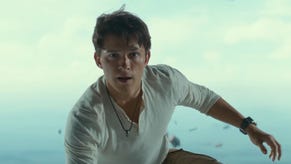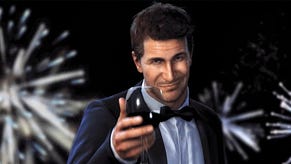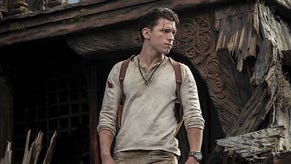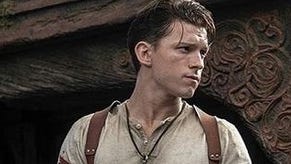Digital Foundry vs. Uncharted 3
"We're only limited by our imaginations."
There's a sense that several gameplay systems that don't quite deliver. As Simon Parkin noted in the review, the stealth component doesn't work very well for the plain and simple reason that as soon as one enemy is alerted, in most situations they all are simultaneously - even if you manage to kill your opponent silently, and unseen.
Similarly, once Drake has been located by CPU AI, it's almost impossible to shake them - they seem to zero in on you even if you have been hidden, out of sight and navigated away from the spot where you were located. Short of being granted x-ray vision, there's no way this should be happening within the confines of the game and the rules previously set by the core mechanics. It adds a sense of inconsistency to the gameplay mechanics during combat, and just doesn't feel right. In the midst of gunplay, there's also an undeniable sense that aiming mechanics aren't quite what they were, with the feeling that the analogue deadzone on the DualShock 3 isn't quite what it should be. The word is that Naughty Dog is looking into this with community support and a patch is forthcoming.
The flow of some levels can be disrupted by inconsistency in terms of navigation - what is a viable path and what is not. The chase scenes cause issues here: these only have one route through, even though the game presents you with what looks like perfectly valid alternative paths - all of which inevitably lead to death. There's also some confusion in terms of how far Drake can fall, and where he can fall without dying.
In one section, Young Drake drops down from a rooftop and lands by his fingertips on a guard rail. Do this in the right place and all is fine - do it around the corner on identical-looking environmental detail and Drake falls to his doom. It's not so much the linearity of the game we take issue with, but the inconsistency in how "rules" are applied in some levels.

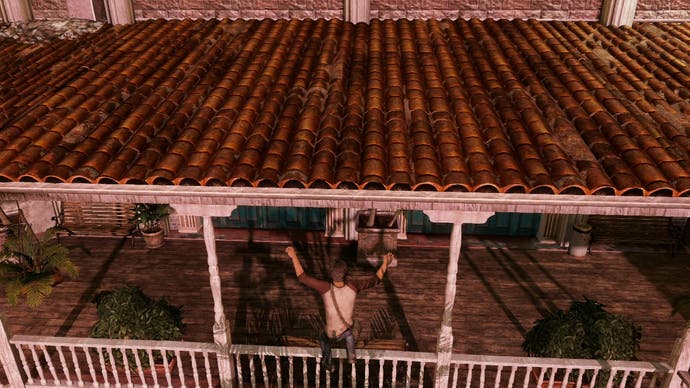
While there are areas that didn't hit the mark for us, there are many others that are unmitigated successes: for example, the vast bulk of the puzzles are well thought out and brilliantly implemented. In places, the enhanced lighting and physics systems are put to good use working in concert with the core idea. For example, in the wake of God of War III's insane perspective puzzle, Naughty Dog has produced its own variation on the theme, where a wall mural is completed by the projection of shadow via a staff Drake carries. Another puzzle sees light projected onto a globe that becomes moveable through reactivating a long-dormant water channel - a mini-adventure in itself. What we really enjoyed here is how this isn't just technology for its own sake; it's repurposed into compelling gameplay.
It can be argued that the adventure itself starts out rather slow-paced, laying out the basics - you wait a full four chapters until Drake fires off a weapon in anger - but the quality of the game really makes itself known in the Yemen stage, which combines the ambience and atmosphere of the classic village stage in Uncharted 2 with a range of traversal challenges, great puzzles, exciting gunplay and a superb, exciting chase scene (complete with some highly humorous one-liners from Drake).
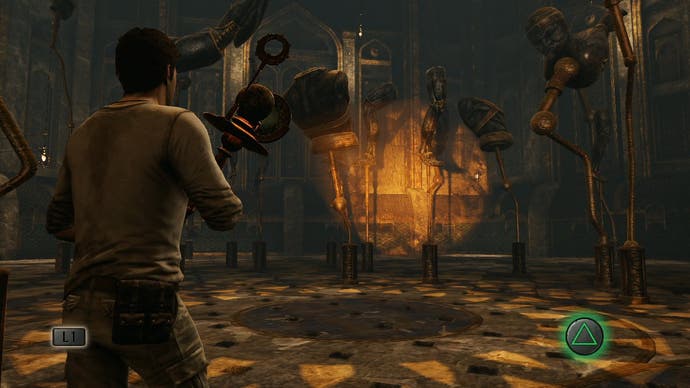
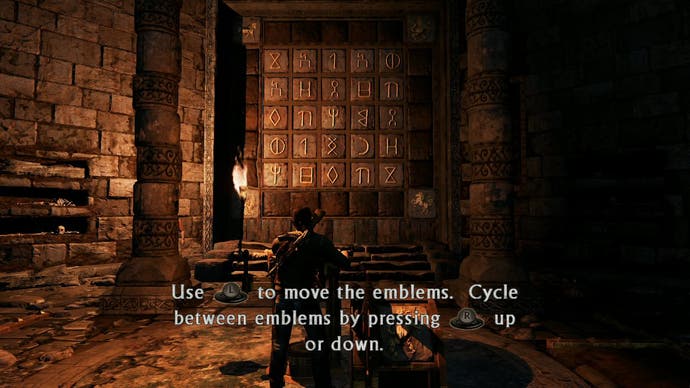
But the series isn't just about the action, the technology or the puzzles: its trademark is its characters. Perhaps one of the most thought-provoking discussions we've had among the Eurogamer staff over the last few weeks is the path that Naughty Dog has chosen for the characters and the decisions it has made in terms of supporting cast. We grew to love Nate, Elena and Sully in Drake's Fortune, we welcomed Chloe into the fold in Among Thieves, but there's a real sense that writer Amy Hennig has shifted gear in Drake's Deception. The focus in the ambiguity in the characters of Among Friends is absent with a clear division between "goodies and baddies", with Nate himself becoming more driven as the story progresses, with something of an obsession coming to the surface that makes you take a second look at the character.
As aspects about his past are revealed, Naughty Dog appears to tear down a large amount about what we know about the lead character and in turn, elements of what we love about him. There's been some discussion in the Eurogamer office about whether this makes him more human and interesting as a character, or whether it "breaks" him - and if we really know who he is any more and while the ending serves to refocus Drake and our thoughts about him, doubts remain about some of his more questionable behaviour in the game.
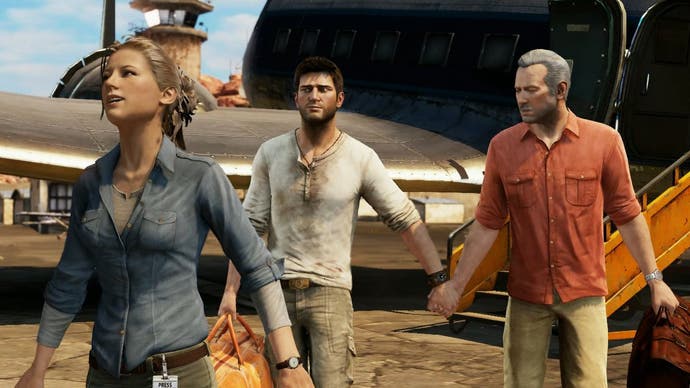
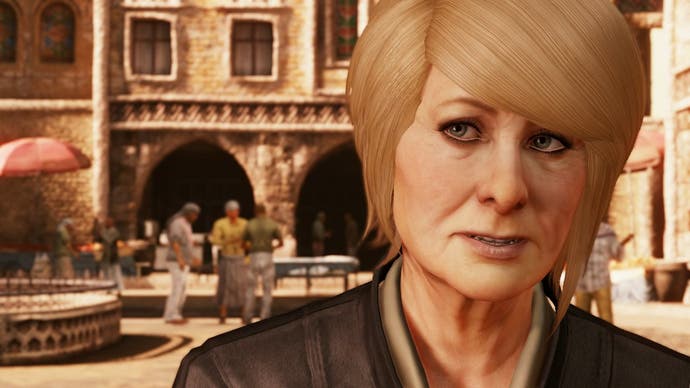
Of course, the fact that we are having these discussions at all is down to the core quality of the game Naughty Dog has created. The basic idea that we can talk about character progression at all in any serious manner demonstrates the skill and quality of the script, the performances and the stand-out production values.
And it is - quite clearly - one of the most beautiful video games of its age. Where Uncharted 3 is peerless and unparalleled is in its ability to defy the technological constraints of current-generation platforms, which raises an interesting question about whether ideas are the real premium now over and above the technological arms race that has powered current-gen console game development. We put that point to Naughty Dog's Richard Lemarchand.
"I think that we are rapidly approaching the point where ideas are more important than the technology but I don't think we're quite there yet," he reckons.
"I think we have a ways to go in terms of graphical technology, in terms of more sophisticated skin shaders and shaders for other kinds of material. Translucent materials are still proving to be a problem for us. It's very difficult for us to make something that looks distinctively like a piece of glass rather than a piece of clear plastic, for instance.
"In terms of physical, dynamic simulations, we can keep grinding that out for quite some time. We do a very good job of making great-looking fire and smoke in Uncharted 3 - and I hope the visual effects guys won't mind me saying this because it's amazing how good the world looks in Uncharted 3 - but I'm sure they have a million and one new ideas for making dynamic fire simulations that'll be even more impressive than we've already done, that would be even more processor intensive than what we've already done.
"But I do like the implication of your question and, yes, the world really is our oyster. We're only limited by our imaginations. It might sound corny, but I believe it's true."




